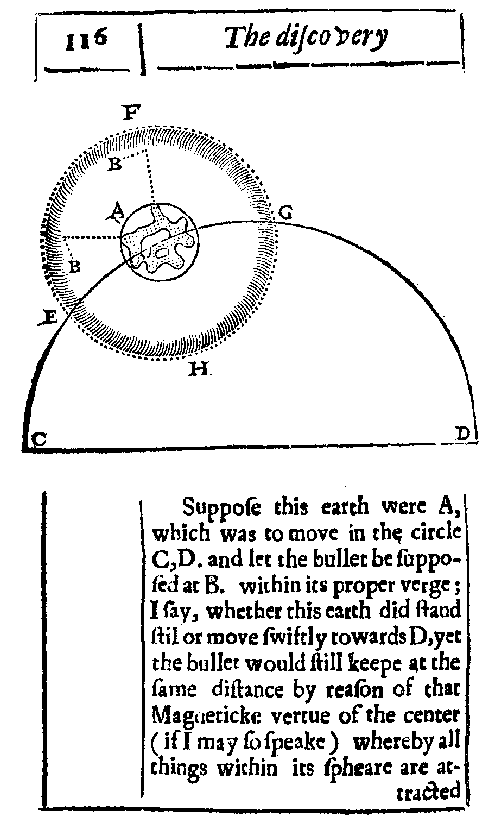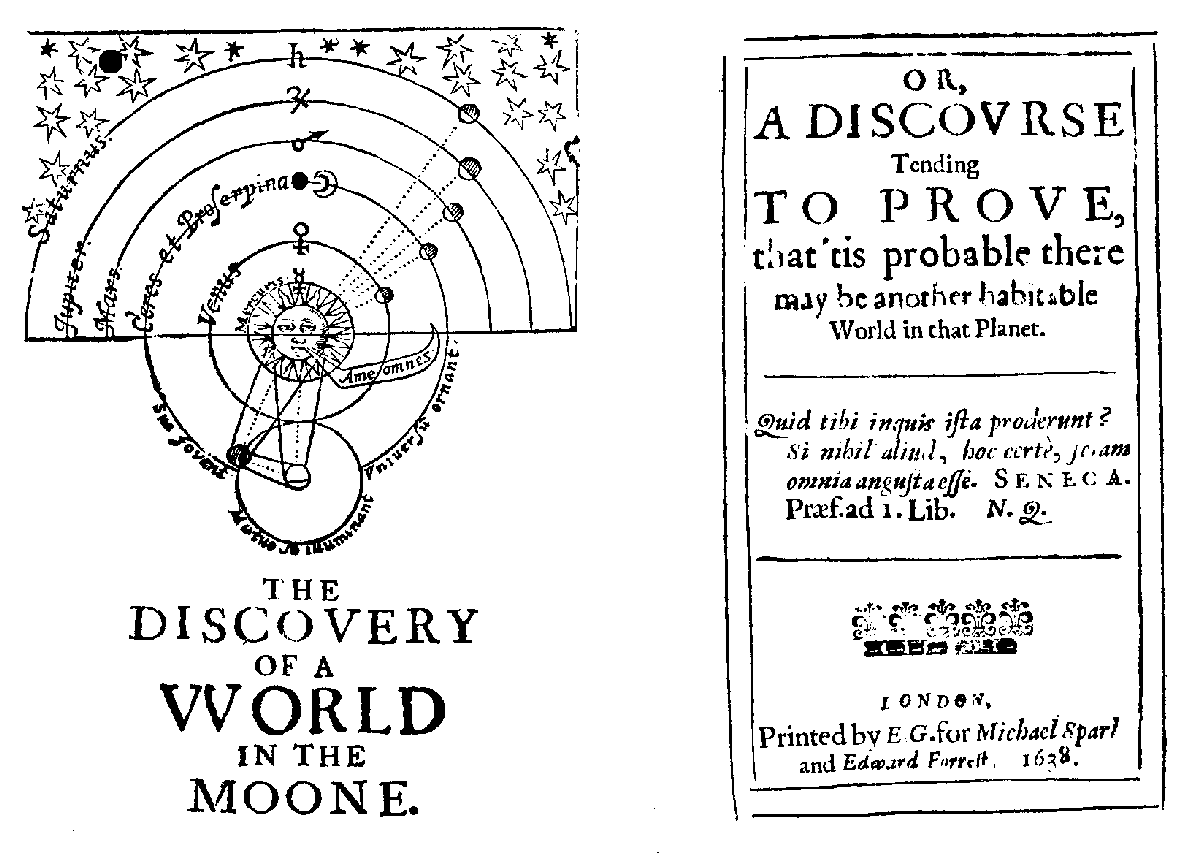Life on the Moon
Today, life on the moon. The University of Houston's College of Engineering presents this series about the machines that make our civilization run, and the people whose ingenuity created them.
As I sit down to type, I first have to turn off my SETI screensaver. My PC computes fast Fourier transforms in the background while I work -- analyzing radio signals from space. Many people sign up to do that. I don't really expect to find an alien message saying, "Take me to your leader," but the screen-saver is fun.
The larger question, "Is there life out there?" has been around for a long time. It began demanding our attention after Galileo turned his new telescope on the moon in 1609. Up to then, the moon had been a celestial crystalline sphere. Now it became craggy, pitted and imperfect -- like earth itself. If the moon and the planets were like earth, then mightn't they, too, support sentient life?
Five years after Galileo's telescope had sent shock waves through seventeenth-century astronomy, John Wilkins was born in England. By the age of twenty, he'd finished a master's degree at Oxford. When he was twenty-four, he published a book with the remarkable title,
The Discovery of a World in the Moone: Or A Discourse Tending To Prove that 'tis probable there may be another habitable World in that Planet.
This was the first such study of the new secular moon. In it, Wilkins argues thirteen propositions -- some accurate, some not.
Contrary to the Church's thinking, he argues that the moon is solid and opaque. Like earth, it's made of base and corruptible matter. It has no light of its own. It only reflects the sun. It has mountains and valleys, and it suffers meteor impacts. This was six years before the death of Galileo, and he's confident that earth orbits the sun just as the moon orbits earth. It's long before Newton, yet he accurately describes how orbiting bodies stay aloft.
Wilkins says the moon has an Atmo-Sphere because that's what creates the fuzzy edge of the shadow cast on Earth during a solar eclipse. He blew that one. He didn't realize he was looking at the same penumbra we see in the shadow cast by a tree.
By now Wilkins had taken Holy Orders, and, when he speaks of life on the moon, his arguments shift from physical to theological. He worries about how Adam might've sired its inhabitants and whence their salvation might come.
Wilkins's book was popular. A translation appeared in France, and Cyrano de Bergerac read it. Cyrano's last novel, published after his death, was a wildly fanciful science-fiction tale of traveling to that earthlike moon. The Dutch/English scientist Christiaan Huygens was fifteen years younger than Wilkins and undoubtedly knew him. In 1698, Huygens wrote his own book promoting the likelihood of intelligent life on other planets.
So the seed was sown long before NASA. Sure, they got a few things wrong, but Wilkins's eleventh proposition was prophetic:
... as their world is our Moone, So our world is their Moone.
And we remember that mystical NASA photo of earth, rising like a great companion planet, over the rim of the moon -- while living beings were there to watch it, after all.
I'm John Lienhard, at the University of Houston, where we're interested in the way inventive minds work.
(Theme music)
Wilkins, J., The Discovery of a World in the Moone. Or, A Discourse Tending To Prove that 'tis probable there may be another habitable World in the Planet. London, Printed by E.G. for Michael Sparl and Edward Forrest, 1638. (Actually, Wilkins's name did not appear on the first edition's title page. My source was a facsimile edition published by Da Capo Press, Inc., in 1972.) My thanks to Pat Bozeman, UH Library, for calling my attention to the Wilkins title.
Should you, too, wish to run SETI calculations on your home PC, check the website, http://setiathome.ssl.berkeley.edu/ I am grateful to Carol Lienhard and Governor William P. Hobby (who have both run these programs for some time) for urging me to join them.
For lack of space, I've omitted much of Wilkins's distinguished life. He was for example Christopher Wren's teacher. He was a friend to the distinguished cosmologist Thomas Burnett. And he was the primary founding father of the Royal Society. Wilkins's thirteen propositions in his book about the moon are worth recounting here. They are:
1) That the strangenesse of this opinion is no sufficient reason why it should be rejected, because other certaine truths have beene formerly esteemed ridiculous, and great absurdities entertained by common consent.
2) That a plurality of worlds doth not contradict any principle of reason or faith.
3) That the heavens doe not consist of any such pure matter which can priviledge them from the like change and corruption, as these inferiour bodies are liable unto.
4) That the Moone is a solid, compacted, opacous body.
5) That the Moone hath not any light of her owne.
6) That there is a world in the Moone, hath beene the direct opinion of many ancient, with some moderne Mathematicians, and may probably be deduced from the tenents of others.
7) That those spots and brighter parts which by our sight may be distinguished in the Moone, doe shew the difference betwixt the Sea and Land in the other world.
8) That the spots represent the Sea, and the brighter parts the Land.
9) That there are high Mountaines, deepe vallies, and spacious plaines in the body of the Moone.
10) That there is an Atmo-Sphere, or an orbe of grosse vaporous aire, immediately encompassing the body of the Moone.
11) That as their world is our Moone, so our world is their moone.
12) That tis probable there may bee such meteors belonging to that world in the Moone, as there are with us.
13) That tis probable there may be inhabitants in this other World, but of what kind they are is uncertaine.
Click on the thumbnail above to see a full-size image
The frontispiece and title page of Wilkins's book. Notice the heliocentric representation of the solar system on the left.

Wilkins's explanation of orbital trajectories
